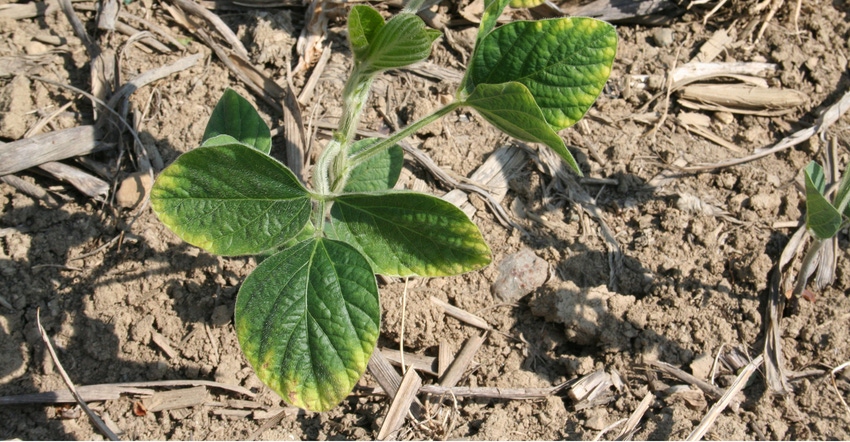
How much time did you invest going to meetings during the off-season? Did you spend half a day, a full day, maybe several days at meetings? How do you turn that time spent off the farm into a solid investment?
Here’s a hint: You likely ate some great beef brisket, fried chicken or pulled pork, but those free meals won’t increase yields or pay bills for inputs. What might help you be more profitable this year are nuggets of wisdom picked up at these meetings. If you walked away with one solid idea for each meeting you attended, then it was likely time well spent.
Danny Greene, owner of Greene Crop Consulting, Franklin, held a meeting for customers recently. Here are two take-home messages you could have left with, as you prepare for planting season.
• Where you put your investment in fertilizer within a field matters.
“We strongly believe in variable-rate fertilizer recommendations,” Greene said. “It��’s why we sample by zones for customers. The goal is to get the right amount of fertilizer in the right place. If we can help you do that, then you should either see increased yields, or perhaps less money spent on fertilizer. That may depend on soil fertility levels within the field.”
Greene is one of only a dozen crop consultants in Indiana officially certified in the 4R program. The 4R program stresses applying the right source of fertilizer at the right rate and right time, in the right place. It’s not only about earning a return on investment, but also about minimizing environmental impact by keeping fertilizer in the field where it belongs.
• Potassium is the "elephant in the room" when it comes to soil fertility for soybeans.
Glenn Longabaugh sees lots of soybean fields in southern Indiana and southern Illinois each year. He’s an agronomist with WinField United Agronomy. He also spoke at Greene’s meeting.
“If you’re shooting for high soybean yields, you need to start with potassium when it comes to soil fertility,” he insisted. “The first thing you should do is take care of potassium and make sure that levels are in the right range to produce top yields.”
Even if you go back to beans after beans because you want to spend less on fertilizer, don’t skimp on potassium. It’s been a key message at many farm meetings, and it was certainly one of the points Longabaugh made loud and clear.
“I like to see the pH around 6.5 for soybeans, and you need adequate phosphorus levels,” he said. “But you for sure need to know you have enough potassium for the crop. I want to see soil test levels around 300 pounds per acre if we’re going after high yields.”
Many people ask about nitrogen for soybeans. Longabaugh can cite cases where it has helped and where it hasn’t. But there’s no question when it comes to potassium.
“Making sure there is plenty of potassium is one of the best things you can do,” he emphasized.
About the Author(s)
You May Also Like




